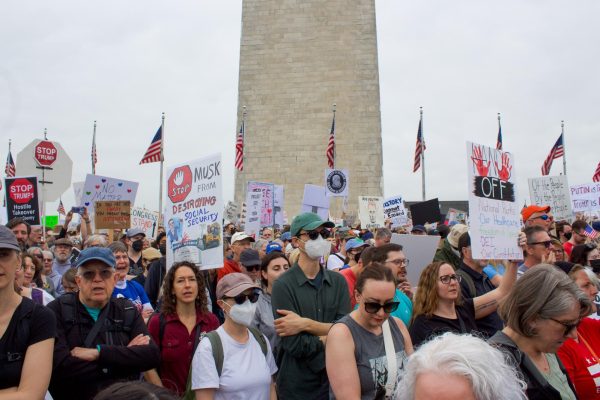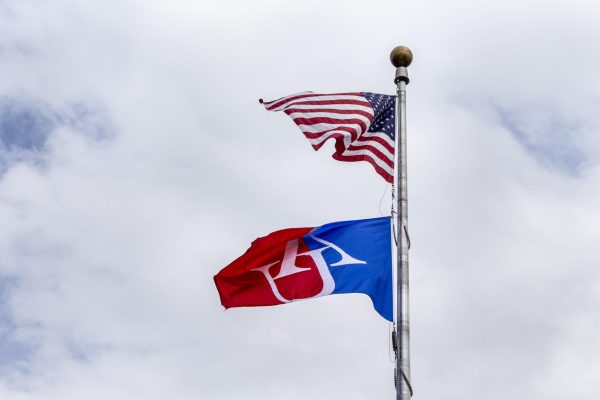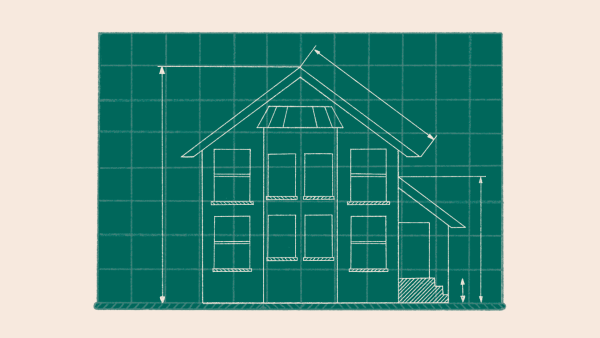Commercializing Chinatown: Gallery Place

To walk out of the Gallery Place Metro Station is to be assaulted by bright flashing advertisements reflecting off of office windows. In the evening air, there is a cacophony of street performers harmonizing with construction, car horns and Bluetooth babbling. The air is saturated with the sickly sweet smell of overflowing garbage cans.
The Gallery Place metro stop, located at 7th and F Streets, is a place where even people who visit frequently are only interested in passing through. In the immediate blocks around the station, there are more offices than apartments. There are no parks for kids to play in, no markets or grocery stores.

Store signs translated in English heading North down 7th Street NW.
Eighty years ago this place was a cultural melting pot. There were 20 different ethnic Chinese populations and a long history of German immigrants. At its peak, Chinatown stretched from G Street to Massachusetts Ave. But, because of the 1968 Race Riots after Martin Luther King Jr.’s assassination, a large part of the Chinese population moved out to Maryland and Virginia suburbs. This has left the neighborhood to transform old buildings into retail and office spaces.
Gallery Place now caters to tourists and consumer culture. It’s a hub of museums and shopping, what with the National Portrait Gallery/Smithsonian American Art museum, the Spy Museum, a corner proclaiming to be Chinatown, several theaters, and luxury stores in steps of each other. Most places come adorned with translated Chinese signs, giving quasi-authenticity to the Chinatown name.

Store front window of a souvenir shop on H Street.
This is a culture clash of old and new. Gallery Place is home to some of Washington’s oldest buildings and styles of architecture, and some of the newest. New construction is constant, sometimes taking up old lots, and others building upon what was already there.
In the midst of all the chaos, there is, however, a bright spot. Looking past the seemingly apathetic business attitude of the neighborhood, there is an aura of friendliness between the locals. On street corners and sidewalks it is not hard to find friends meeting up, or strangers exchanging words.

Senior studying journalism and computer science. Has been known to cry over Chicago. I'm really interested in figuring out how journalism can be used as...










